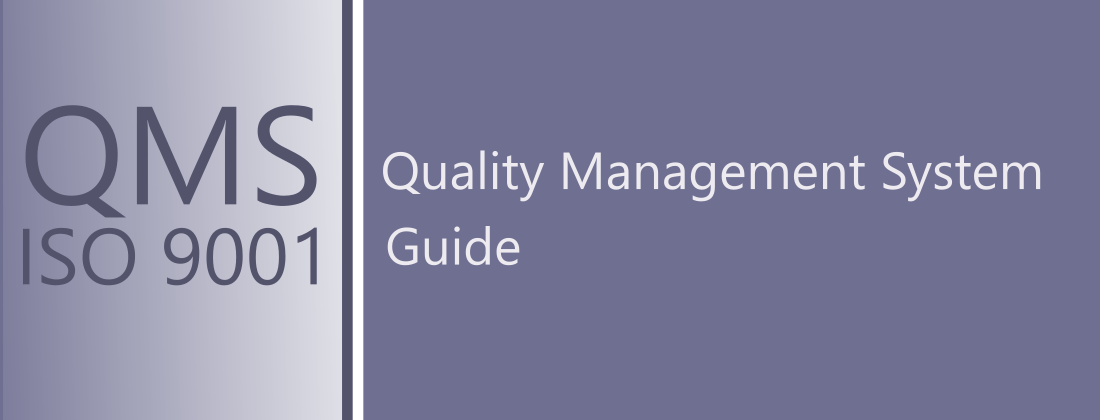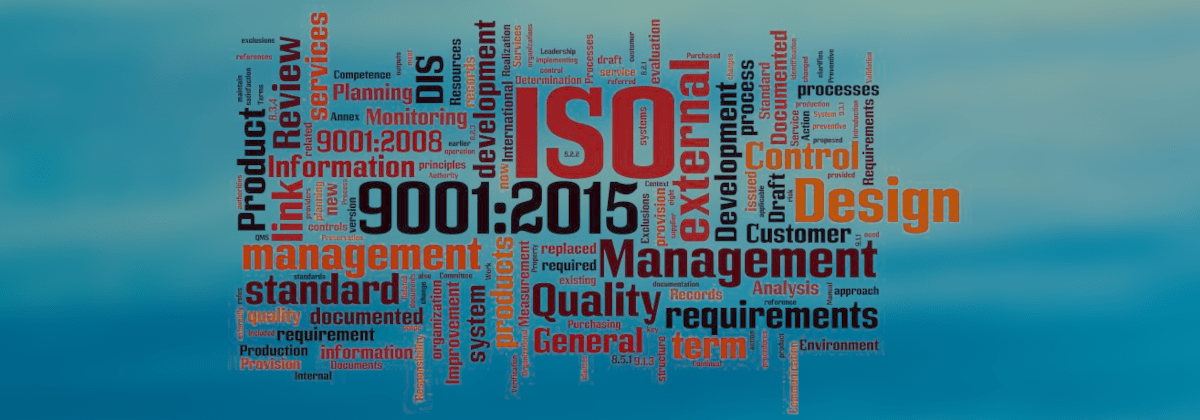Quality management system guide – How to implement ISO 9001: 2015?
Should we use MSA to ensure traceability?
MSA means Measurement System Analysis, i.e. a methodology that allows to scientifically determine the degree of decalibration of a measuring instrument based on the statistical analysis of the results of the instrument indications.
According to ISO 9001, in order to ensure metrological consistency, we are obliged to supervise measuring instruments, i.e. to ensure compliance of the indications of measuring instruments (broadly understood) with the real state (physical, chemical or biological).
The standard does not define the frequency of reference to the standards (calibrations) of the measuring instruments we use. We decide how often they should be calibrated, and thus bear the costs. As I have not met wasteful entrepreneurs on my way, each of you will strive to the lowest possible expenditure on calibration. This means that each of you will strive to maximize the calibration period.
This is where the challenge (problem?) Appears.
An auditor from the certification body or the customer’s company may ask, “Why do you calibrate instrument X every two years? Does it guarantee the accuracy class of the measurements? ”
Now we have two options:
The first is to engage in a long and passionate discussion, during which we will try to prove to the auditor (because we have such a duty) that the period of the calibration is not too long. Second – implement MSA together with ISO 9001 and during the audit show the auditor the RR Analysis or attribute assessment card, which will close the discussion and arouse the auditor’s delight 🙂
Remember, MSA implementation is not obligatory, but it makes life much easier 🙂 🙂 🙂




